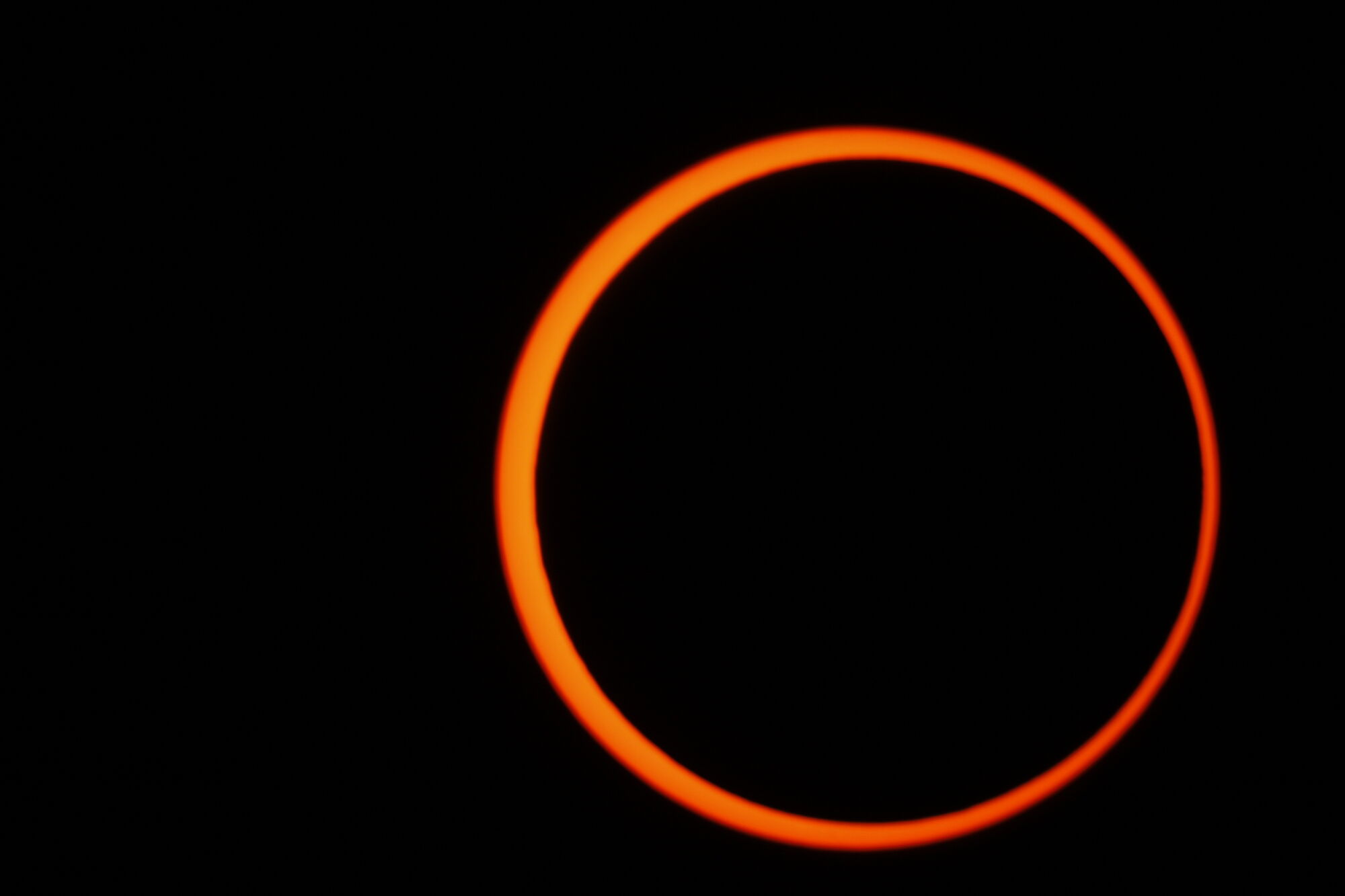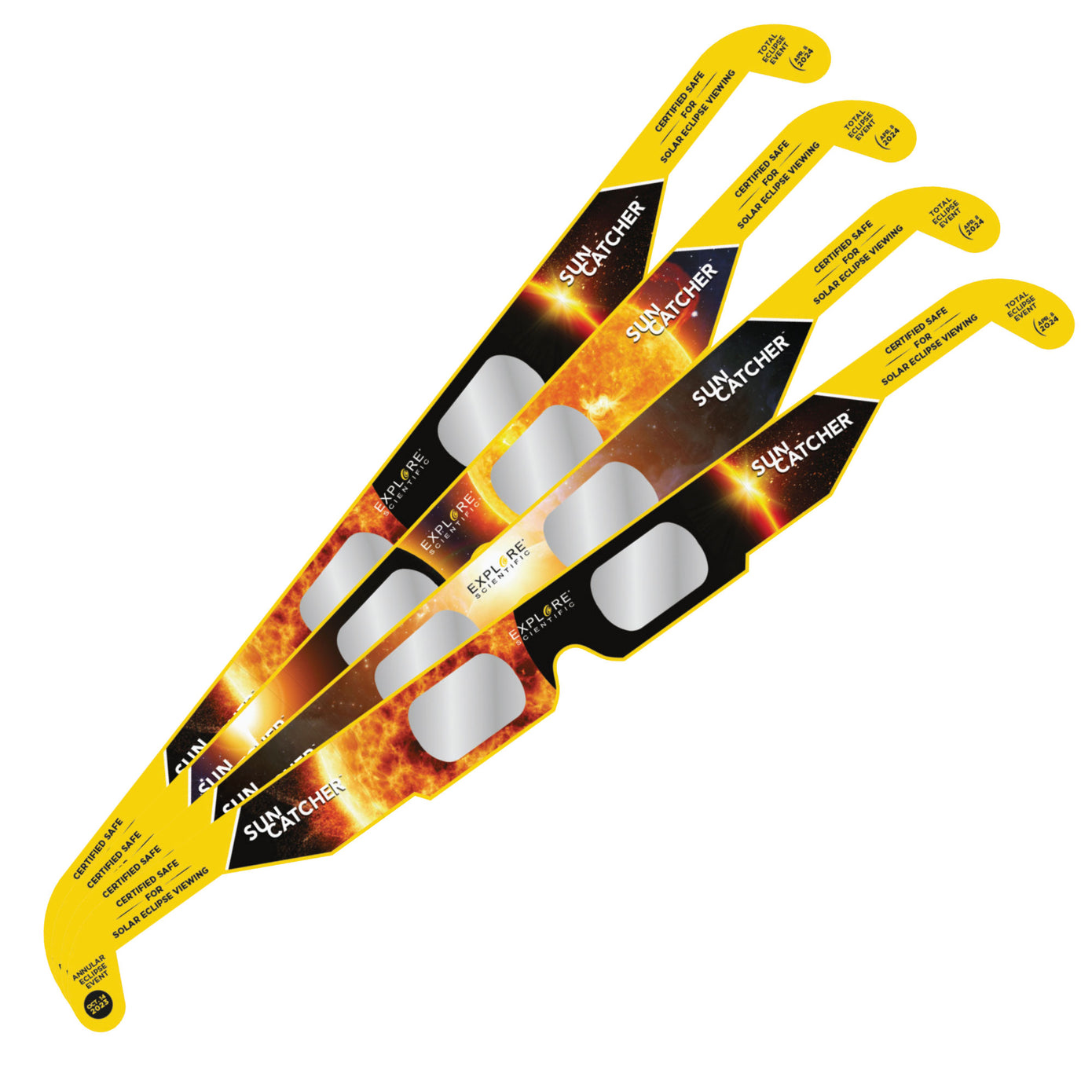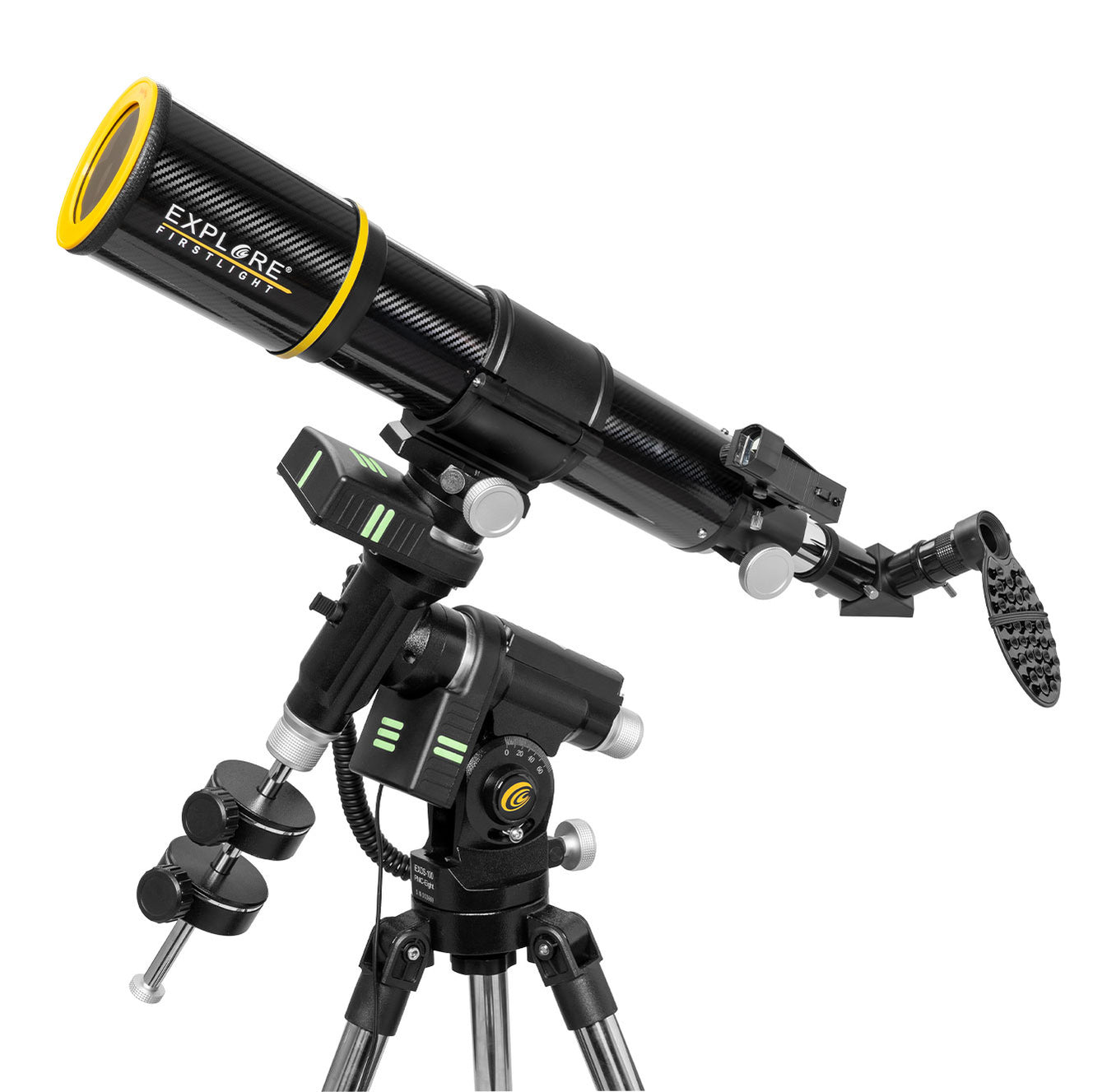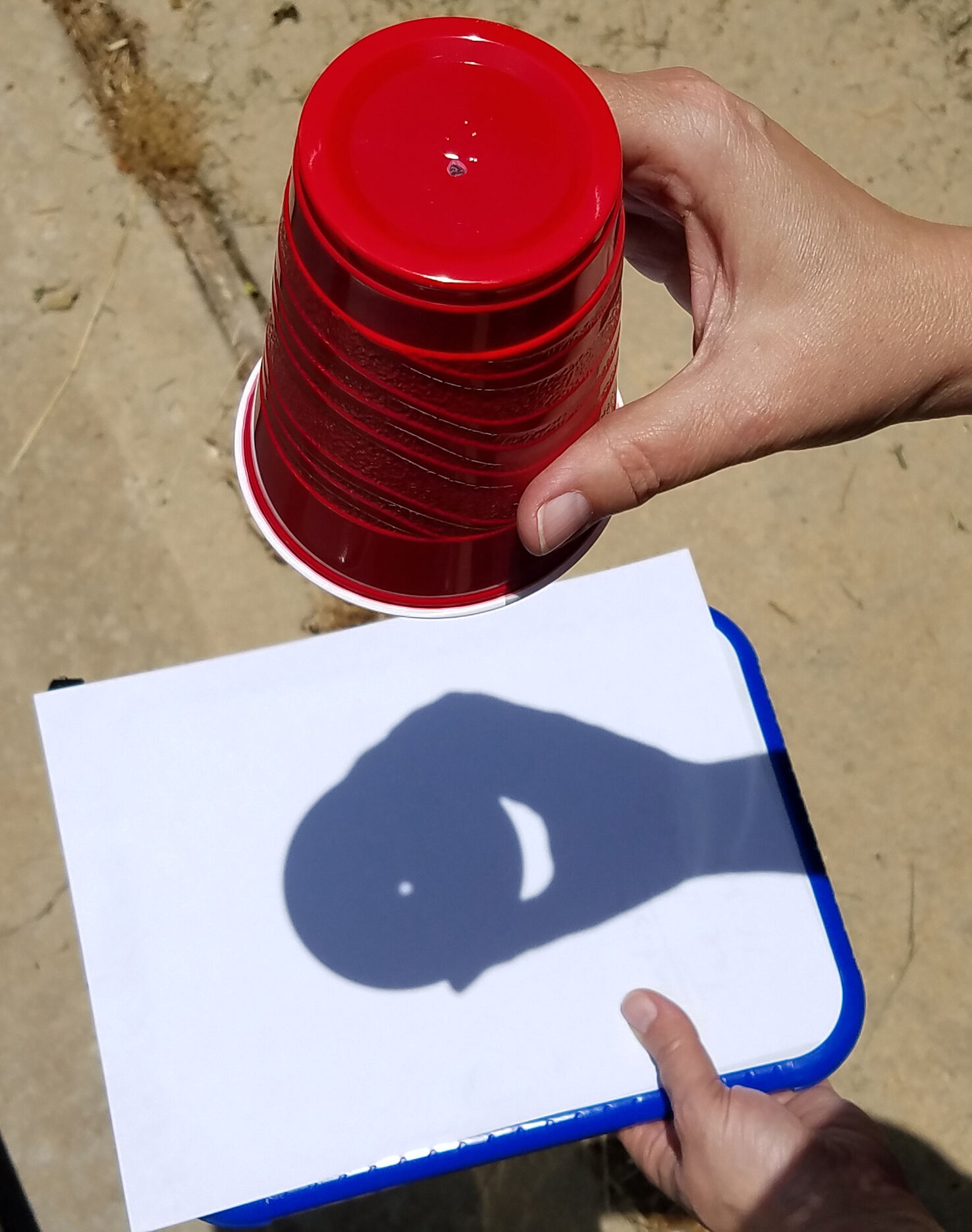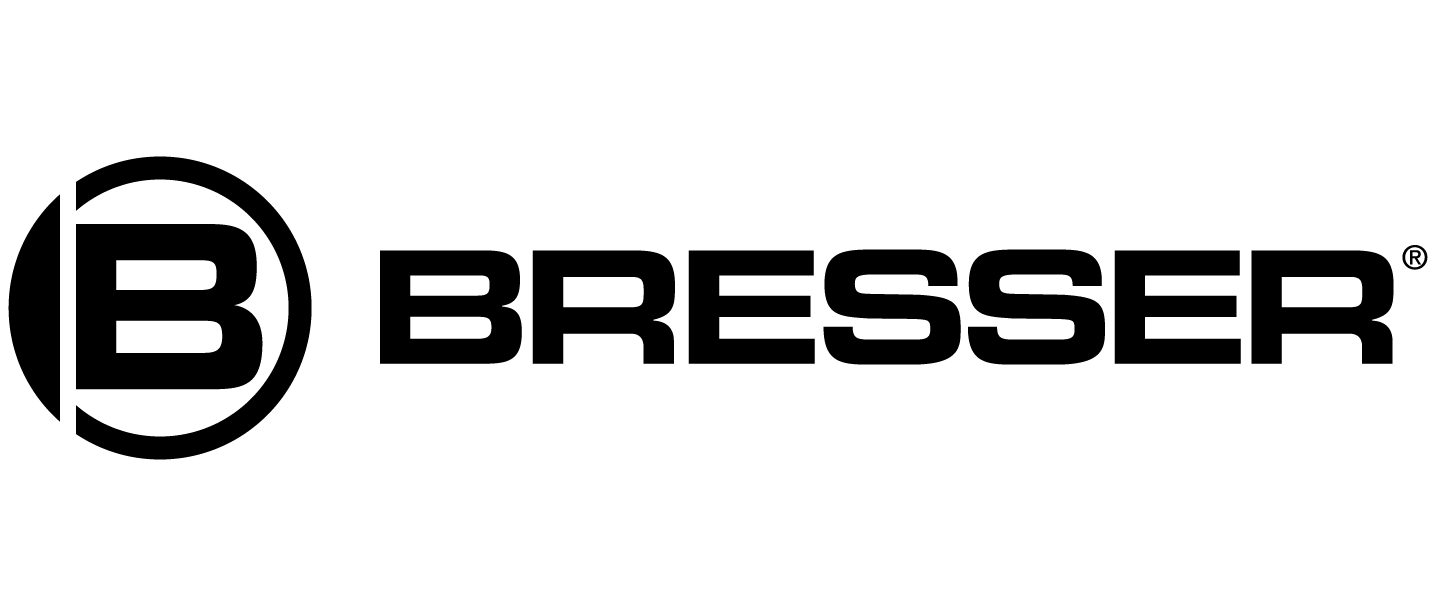Invest in safe observing gear now for the upcoming annular solar eclipse, which will unfold across the Americas on October 14!
͏ ͏ ͏ ͏ ͏ ͏ ͏ ͏ ͏ ͏ ͏ ͏ ͏ ͏ ͏ ͏ ͏ ͏ ͏ ͏ ͏ ͏ ͏ ͏ ͏ ͏ ͏ ͏ ͏ ͏ ͏ ͏ ͏ ͏ ͏ ͏ ͏ ͏ ͏ ͏ ͏ ͏ ͏ ͏ ͏ ͏ ͏ ͏ ͏ ͏ ͏ ͏ ͏ ͏ ͏ ͏ ͏ ͏ ͏ ͏ ͏ ͏ ͏ ͏ ͏ ͏ ͏ ͏ ͏ ͏ ͏ ͏ ͏ ͏ ͏ ͏ ͏ ͏ ͏ ͏ ͏ ͏ ͏ ͏ ͏ ͏ ͏ ͏ ͏ ͏ ͏ ͏ ͏ ͏ ͏ ͏ ͏ ͏ ͏ ͏ ͏ ͏ ͏ ͏ ͏ ͏ ͏

Get ready for an amazing astronomical event! |
Annular solar eclipse is coming to the Americas on October 14 |
One of the most stunning astronomical events — an annular solar eclipse — will unfold over portions of the Americas on October 14th, 2023.
An annular solar eclipse occurs when the Sun and the New Moon are perfectly aligned, but the Moon is at apogee, which means it is at its farthest point from Earth. This positioning leaves the Moon unable to cover the Sun completely, which results in a bright blazing ring (annulus) around the black disk of the Moon during the moments of maximum coverage along the eclipse's path. During all stages of an annular eclipse, observers must use proper eye protection for observing because a portion of the Sun will also be viewable.
This annular eclipse will hit land starting at 9:13 a.m. PDT in the USA and move along a band over parts of Oregon, California, Idaho, Nevada, Utah, Colorado, Arizona, New Mexico and Texas, then continue over Mexico, Guatemala, Belize, Honduras, Nicaragua, Panama, Colombia and Brazil before heading out to the Atlantic Ocean.
For those that are unable to make it to the path of the annular solar eclipse, all of North America, except for northwest Alaska, will experience a partial solar eclipse. A partial solar eclipse occurs when the new Moon passes off center between the Sun and the Earth and temporarily obscures a portion of the Sun's disc. The length of the eclipse and the amount of Sun coverage will vary greatly based on location.
When it comes to viewing any solar eclipse, proper eye protection should always be your main concern. NEVER point a telescope or binoculars at or near the Sun because this action could result in immediate and permanent blindness. To safely enjoy this event, you can use solar eclipse glasses, outfit your optical device with approved solar filters or make your own pinhole projector. |
|
|
|
Invest in safe viewing gear now |
When it comes to viewing any solar eclipse, proper eye protection should always be your main concern. NEVER point a telescope or binoculars at or near the Sun because this action could result in immediate and permanent blindness. To safely enjoy this event, you can use solar eclipse glasses, outfit your optical device with approved solar filters or make your own pinhole projector. |
|
|
|
Sun Catcher Solar Eclipse Glasses (4 pack) |
|
| FirstLight 80mm Telescope & GoTo Mount with Solar Filter |
|
|
|
|
Looking for fun eclipse activities for kids? |
|
|
|
Build Your Own Eclipse Viewer |
|
| Make Your Own Earth-Moon Model |
|
|
|
|
This email was sent to kunang2langit.astronomy@blogger.com because you've subscribed on our site or made a purchase. Unsubscribe | Edit preferences |
|
|
|
|
|
|
|


